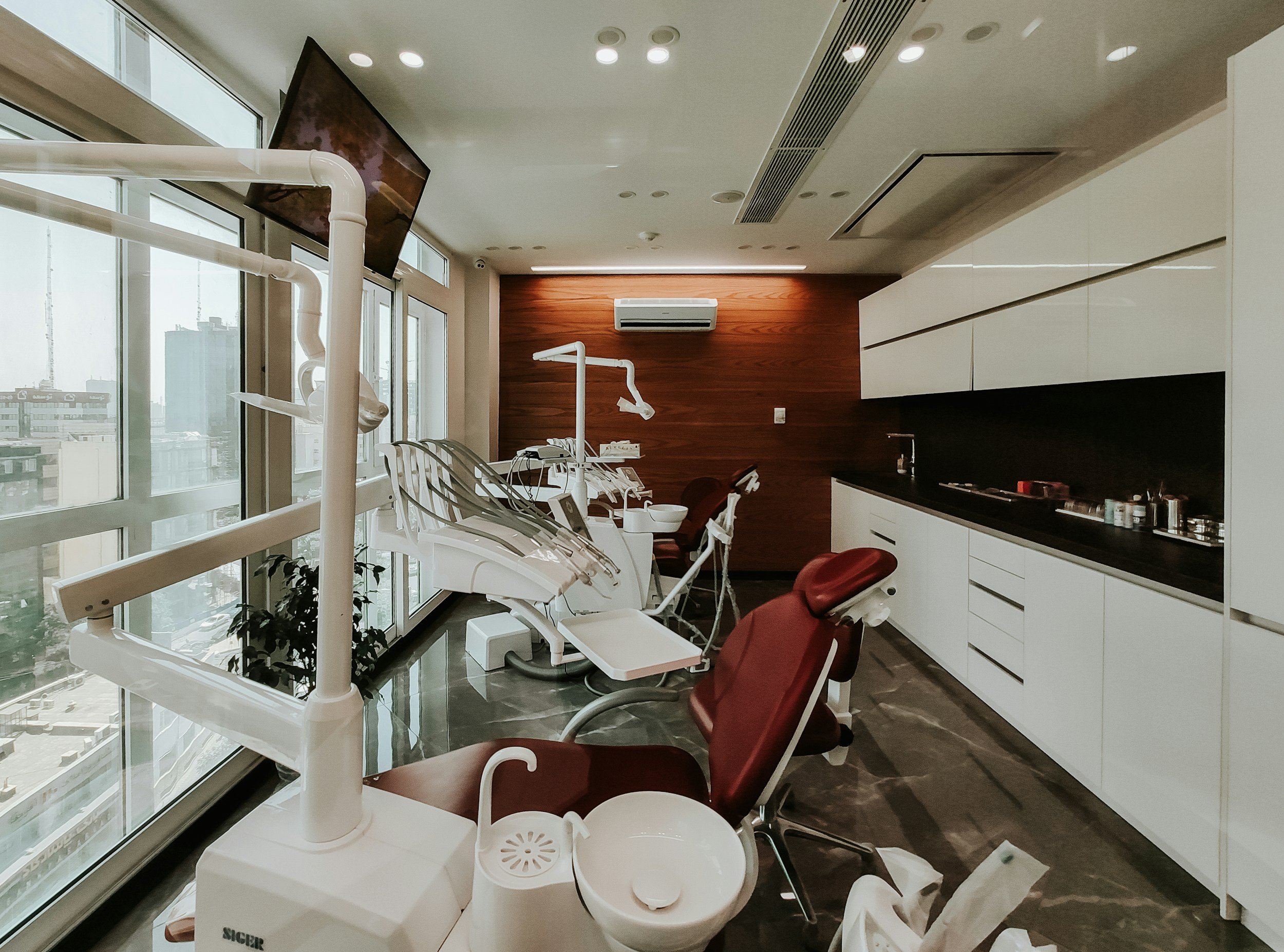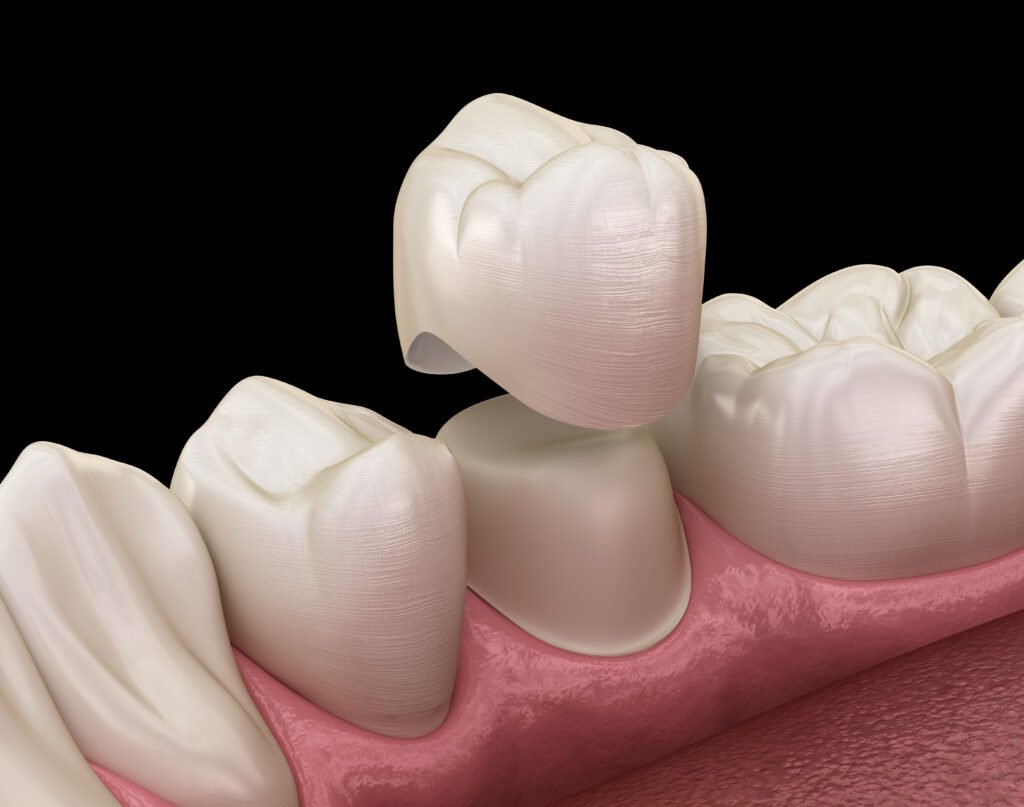
Beautiful Smiles for Life
Changing lives through cosmetic and implant dentistry, one smile at a time
-
All-On-4

-
Implants

-
Invisalign

-
Restorative

-
Preventative Care

-
Periodontics

-
Endodontics

-
Oral Surgery

-
Laser Dentistry

-
Sedation

Our Focuses
Cosmetic
Our cosmetic solutions range vastly. Whether you want to come whiten your teeth, get a crown, or anything in between, we do it all. Fill out the free consultation form to see how we can help you.
Implants
Experiencing pain out of nowhere? Cracked, chipped, or broke your tooth? Need to come in for an unplanned visit? We got you covered. We have one the best availabilities for same day visits.
Emergency
From single implants to All-on-4’s, our doctors meticulously plan in order to accurately place your implants, while retaining the look, feel, and performance of a real tooth.
Free Consultation
Make an appointment simply by filling out this form or hitting the call now button!
Why Us?
At NJ Smiles Dental, we have over 50 years of combined global experience in comprehensive dental care, from routine checkups and cleanings to full restorations. Put your oral care in trusted hands.
As we are family owned, we treat our patients like family, boosting confidence with our cosmetic procedures while retaining a focus on preventative care and relieving pain.

